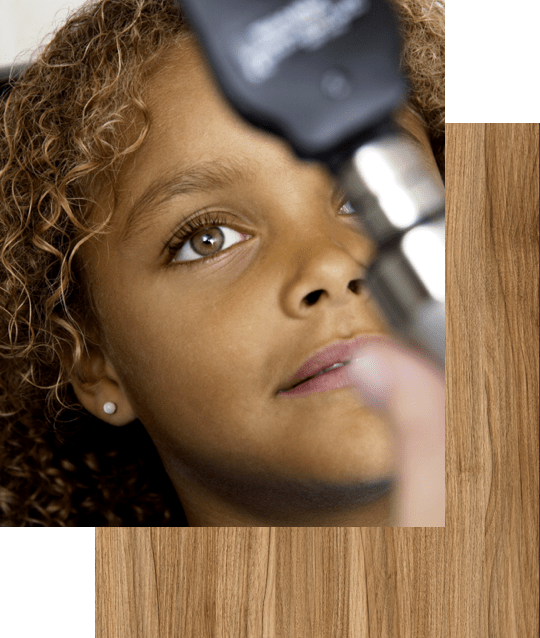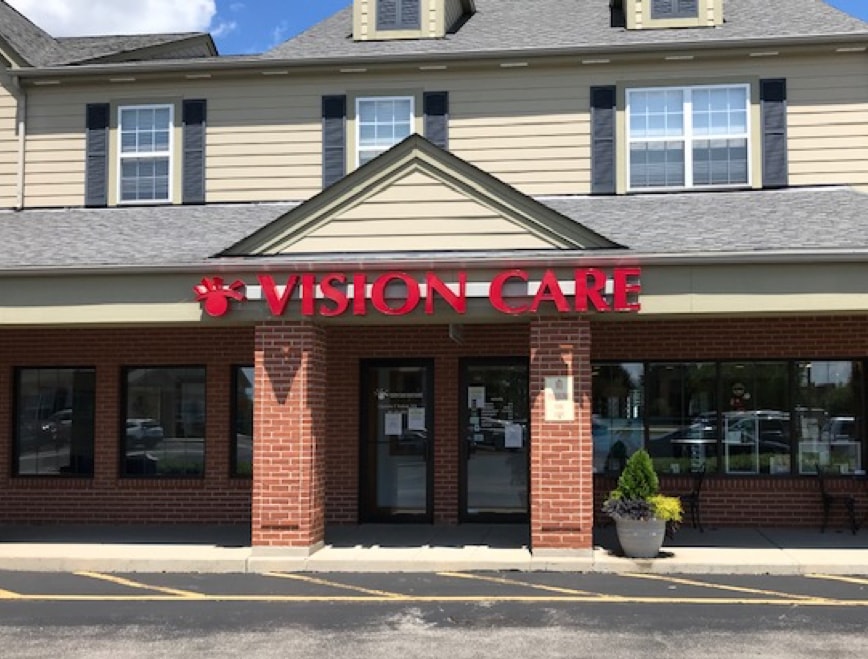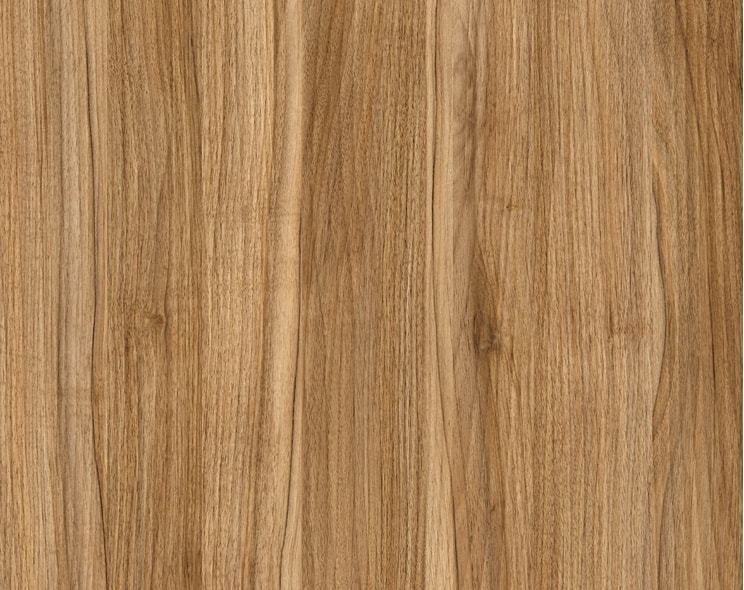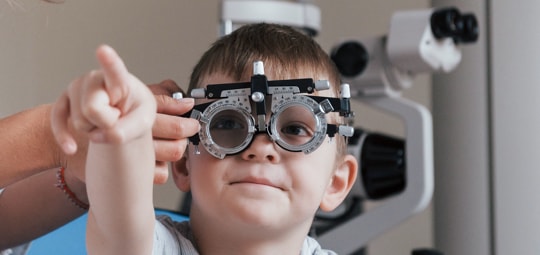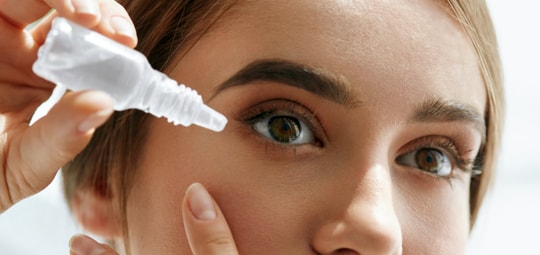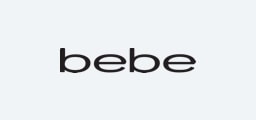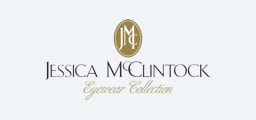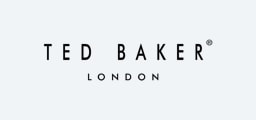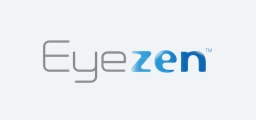Get Help Preserving Your Child’s Eye & Vision Health
Having children can be wonderful, but they grow up so fast! So fast that it can be difficult to spot problems with their vision and eye health. Your child deserves the best possible vision they can have, and this journey starts with an eye exam.
Eye exams are the best way to spot problems with your child’s vision before they cause vision loss. With tried and tested techniques and an investment in highly-advanced technologies, we can help your child achieve the vision that serves them best!
Please, request an appointment and start your child’s eye care journey today!


